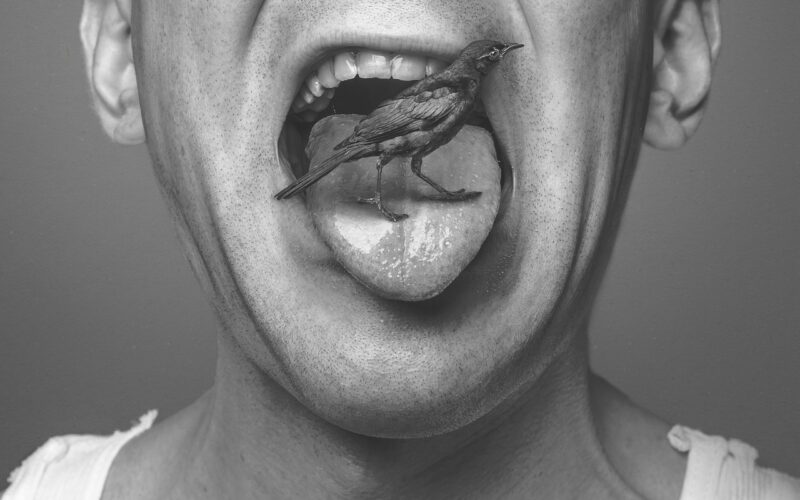Full Khecari mudra involves inverting your tongue so it touches both hard palate and Uvula at the back of mouth, like a punching bag hung above it. This is achieved through regular tongue stretching as well as gradually cutting away at your lingual frenulum over months or years.
1. Stretching
Trixie tongue tricks exercises include stretching exercises designed to lengthen the tongue. Stretches provide relief for muscular tension while expanding its range of motion. Stretching can also increase muscle calcium ions which contribute to performance and strength gains.
An effective Khecari Mudra practice requires the tongue to extend beyond the soft palate in an arching motion that forms the shape of a cactus leaf, in order to reach nasal passages where, according to yoga texts, divine life current (bindu) flows.
Attaining this level of yoga practice typically takes months and years of daily tongue stretching. Yogis with long tongues reportedly achieve it by gradually cutting away at their lower tendon (lingual frenulum) over time; this can cause discomfort; therefore it is wise for most people to start with shorter versions of this pose, such as placing a spoon or tongue depressor under their tongue and holding for several seconds with fingers pushing against it.
2. Pulling
Backbends open the chest, providing the sense of an expanded heart; tongue yoga opens the throat as well as serving as a bridge between conscious and unconscious processes, helping us regulate or rewrite unconscious programs.
Khechari Mudra is one of the most powerful techniques available, wherein one rolls their tongue up initially to touch their palate, but eventually advances further to reach their uvula at the back of throat and enter their nasal cavity behind their palate. It takes months or years of practice and when perfected yogis say they can transcend thirst, hunger decay and death.
This technique involves gradually cutting off the frenulum of the tongue. This technique should only be performed by experienced yoga yogis as it alters swallowing, making eating difficult; thus requiring special diet requirements. If done improperly this may lead to choking as well as damage nerves of chin and jaw as well as aggrave glaucoma.
3. Cleansing
Yoga practice often calls for tongue cleansing with delicate shoots of the Babul or Neem tree (or with traditional U-shaped tongue cleaners) in order to remove toxins. Clean tongues enhance taste perception while aiding digestion and absorption. Furthermore, regular tongue scrapings stimulate endocrine glands and regulate thyroid secretions.
Jivha Mula Shodhana or Tongue Cleaning in yoga is one of six purification practices, known as shtkarma, practiced to cleanse and purify our bodies.
Longitudinal practice over months or years to reach this point. At that point, the tongue will stimulate certain points and centers in the brain and enable the yogi to access “supreme nectar of immortality”, as well as seal Bindu’s energy and give him supernatural powers.
4. Relaxing
Utilizing both tongue lock mudra and Yoga Nidra together is an effective way to calm the mind, deepen meditation and promote relaxation. According to some sources, this combination practice opens an energetic gateway between gross and subtle bodies for more expansive spiritual experiences.
Roll your tongue up until it touches the roof of your mouth (hard palate), or further back if possible, touching both soft and hard palates. Hold this position for as long as it feels comfortable; if discomfort arises release and rest before trying again.
Over time, your tongue should move further backwards until it enters your nasal cavity, known as Khechari mudra. This pose requires expert instruction; its energy energizing powers have even been said to restore entire bodies! It should only be attempted with guidance from experienced teachers. Khechari mudra’s advanced stage is said to bring benefits including tasting nectar while revitalizing it all at once!

